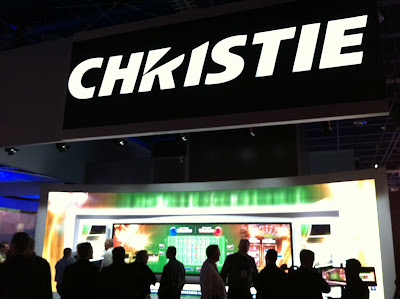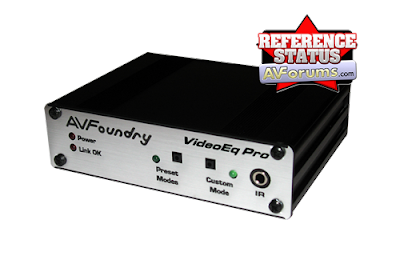 If you are an avid PC gamer, you've probably invested a lot into owning a PC system you’re proud of with quality components and a beautiful display to bring your games to life. With all the great games released in the last year to catch up on and more coming out, is your PC ready?
If you are an avid PC gamer, you've probably invested a lot into owning a PC system you’re proud of with quality components and a beautiful display to bring your games to life. With all the great games released in the last year to catch up on and more coming out, is your PC ready?If your PC display has not been properly color calibrated, you are letting a key visual component slip. Display calibration is important for one clear reason: you want to optimize your display to produce the best colors and black levels possible with no compromise.
Leaving your display uncalibrated is like going to the movie theater or art museum with sunglasses on. What's the point of pushing millions of pixels onscreen if each one are rendered incorrectly? Take it from the game developers we’ve worked with: having a properly color calibrated display is essential to experiencing the game as the creators intended.ready?
 |
| click to see uncalibrated vs. calibrated display |
Like wiping the dust off an old arcade gem, the results of the CalPC solution will make you want to replay all of your PC games again in this new light. Once you see the results, you’ll never want to go back!








